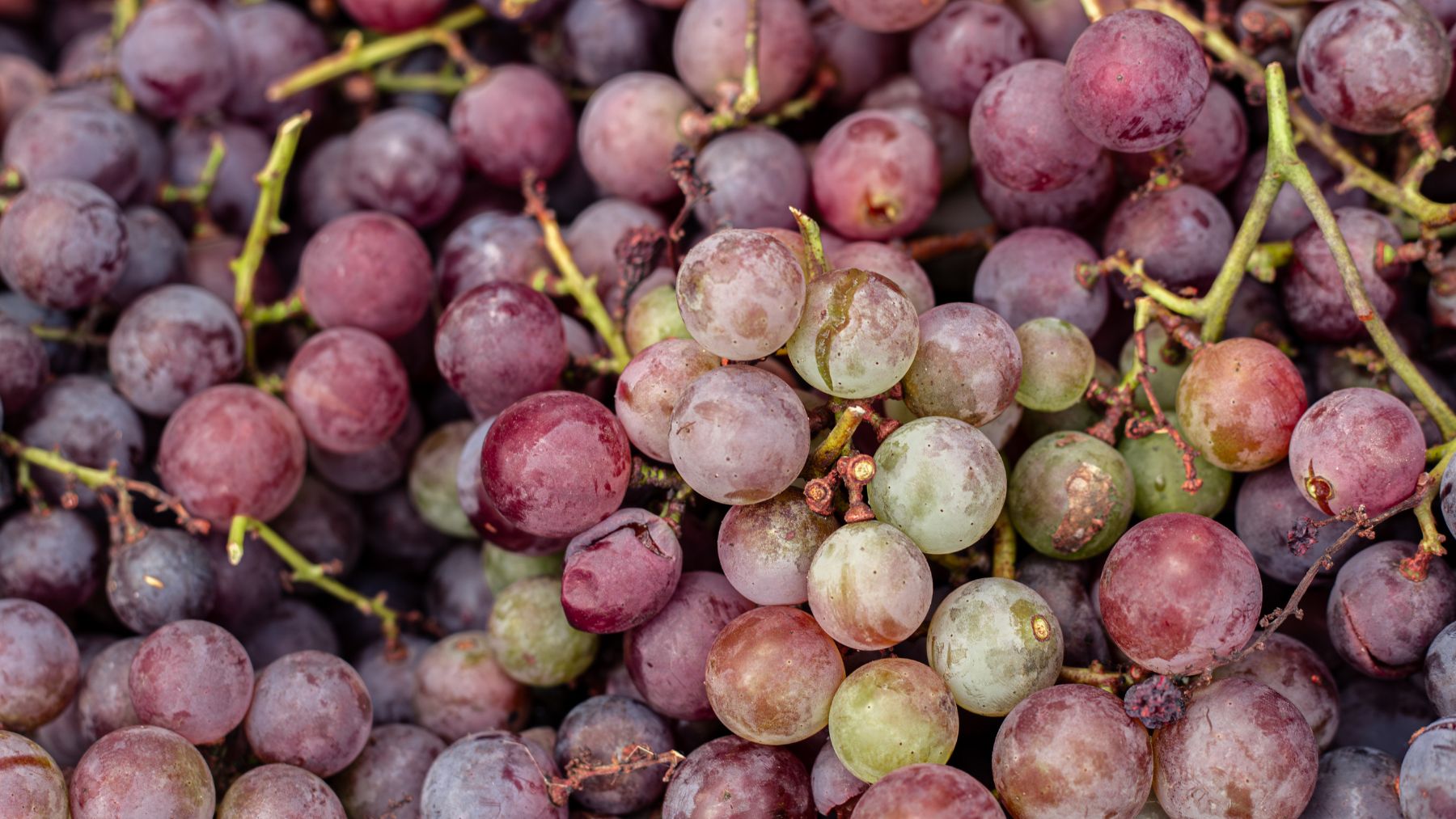Grapes are one of the most consumed fruits in the US, but few people take the time to wash them correctly. Like many fresh fruits, grapes can be exposed to germs and harmful bacteria during harvesting, handling, and transportation. The FDA warns that fresh produce can become contaminated at many points in the supply chain, from soil and water contact to storage and human handling.
Most people rinse grapes briefly under the faucet or don’t wash them at all. However, this habit can leave behind dirt, bacteria, and pesticide residues. Since grapes are eaten raw and with their skin on, skipping a proper cleaning step increases the risk of foodborne illness. That’s why it’s crucial to follow the correct method for washing them safely at home.
What’s the right way to wash grapes?
The US Food and Drug Administration (FDA) provides clear recommendations for washing fresh produce like grapes. Here’s what you should do:
- Start by washing your hands thoroughly with soap and water before handling grapes or any fresh produce.
- Place the grapes in a clean colander and rinse them under cold, running tap water. This helps remove dirt and surface germs more effectively than soaking or using standing water.
- Gently rub or shake the grapes with your hands while rinsing. Movement helps loosen residues that might be clinging to the grape skins.
- Avoid using soap, bleach, or commercial produce washes. These products are not approved for cleaning food and could leave harmful residues.
- Pat the grapes dry with a clean paper towel or cloth. This final step removes any remaining bacteria or moisture that can promote spoilage.
These simple steps can significantly reduce the risk of consuming harmful microbes like Salmonella, Listeria, or E. coli, which are sometimes found on unwashed produce.
Why washing matters — even for “clean-looking” fruit
Contaminated produce is a known source of foodborne illness outbreaks in the US. The FDA emphasizes that fresh fruits can carry invisible threats — like bacteria from animal contact, irrigation water, or dirty surfaces. Grapes, being small and tightly clustered, are especially vulnerable to trapping debris and microorganisms between stems and skins.
It’s also important to note that washing grapes doesn’t just protect your health — it helps extend their shelf life. Excess dirt and moisture can speed up spoilage, while proper washing and drying help keep your grapes fresh and crisp longer in the fridge.
Can washing remove pesticides?
Running water helps reduce some pesticide residues, though it may not eliminate all traces. The FDA’s guide suggests that scrubbing firm produce and rinsing delicate items like grapes can lower your exposure. While organic grapes typically have fewer pesticide residues, washing remains essential for both organic and conventional varieties.
If you want to go further, you can detach the grapes from the stems and rinse them individually, but this is optional. The most important step is rinsing under running water — the method scientifically shown to remove the most dirt and contaminants.
Final tips to keep in mind
- Always wash grapes just before eating, not before storing. Washing too early can introduce moisture that speeds up mold and spoilage.
- Keep your sink, colander, and hands clean before and after washing produce.
- Store cleaned grapes in a clean container lined with paper towels to absorb excess moisture.
By following these simple FDA-backed guidelines, you can enjoy your grapes safely — free from germs, dirt, and unwanted chemicals.

